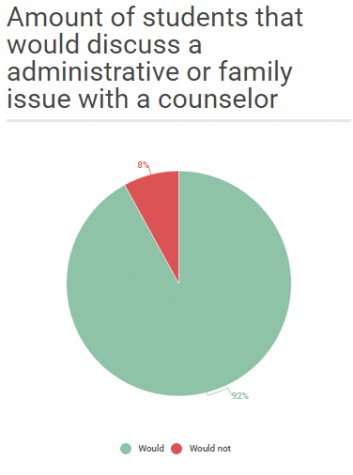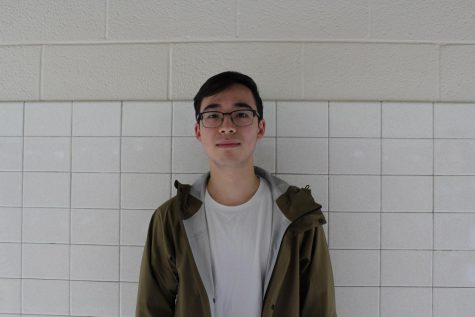The State of Oakton’s Mental Health
 Mental health is something that is increasingly on the minds of students and education professionals. But it’s still far from reaching the level of awareness it deserves. According the 2012 National Survey of School Counselors, the recommended counselor to student ratio is 250:1. In that same year, the ratio was an abysmal 491:1. In 2013, Virginia had a ratio of 377:1. These numbers are not where they should be , but there are more factors to student mental health than just numbers. Many students don’t access the mental health resources available to them.
Mental health is something that is increasingly on the minds of students and education professionals. But it’s still far from reaching the level of awareness it deserves. According the 2012 National Survey of School Counselors, the recommended counselor to student ratio is 250:1. In that same year, the ratio was an abysmal 491:1. In 2013, Virginia had a ratio of 377:1. These numbers are not where they should be , but there are more factors to student mental health than just numbers. Many students don’t access the mental health resources available to them.
“Many students simply are not aware of what I or the school social worker do,” said Ms. Erica Evert, Oakton’s school psychologist, commenting on student perceptions towards the school’s mental health services. Close to one in five kids every year show signs of mental illness says the Center for Disease Control (CDC). And only 80% of them will receive the treatment they need. The reasons for this vary, from the stigma surrounding accessing mental health resources to the lack of awareness for said resources. Sometimes, students are aware of the mental health resources available to them, yet they still choose not to use them.
One big reason for this may be the state of student-counselor confidentiality. In a poll, 92% of Oakton students said that they would not talk to a counselor about an issue that could involve their parents or the administration. Issues that could involve a parent or the administration generally mean “a situation where the student may be unsafe or make others unsafe.” It’s completely understandable why a student might not want to openly discuss an issue that could get adults involved, however, sometimes this desire to not tell someone can be misguided and could place a student into that 80% of people who don’t access the resources they need to stay mentally healthy. When asked, Ms. Evert said, “I don’t think that an increased level of confidentiality (not informing parents of situations) would really be more safe. Yes, we might get more students to talk more openly, but that’s not safe if I can’t tell people about it to get them the help they need.”
There’s also the issue of students not being able to access the resources they want or need to. “I wanted to talk to the counselor, but they’re just not available a lot of the times,” said, an Oakton student talking about an issue she had in the classroom. When asked about whether or not she would talk to the school psychologist, her answer was, “We have a school psychologist?” Many students don’t even know about the resources available to them. Fortunately, student support services are aware of this and are working to remedy the situation. With programs like the stress less week and therapy dogs last year, the school is destigmatizing mental health and make resources more visible.
Mental health is an extremely important topic that needs to be discussed. If it doesn’t get the frank talking about that it deserves, then high schoolers in need may be placed in extreme danger. A lack of assistance can lead to falling grades, trouble with relationships, and harm to oneself and others. The stigma around accessing mental health resources needs to be dispelled; students need to be encouraged to speak up when in need, and mental health resources need to be made more visible.
Oakton High School has a school psychologist and school social worker located in rooms 112 A and B, and a part time psychologist in room 237. Please visit these people if you or a friend need someone to talk to.

I'm Jake Neuffer, the 2018-2019 Outlook Editor in Chief. I try to write about politics, international relations, and culture whenever I can. I write about...



